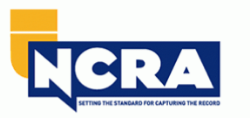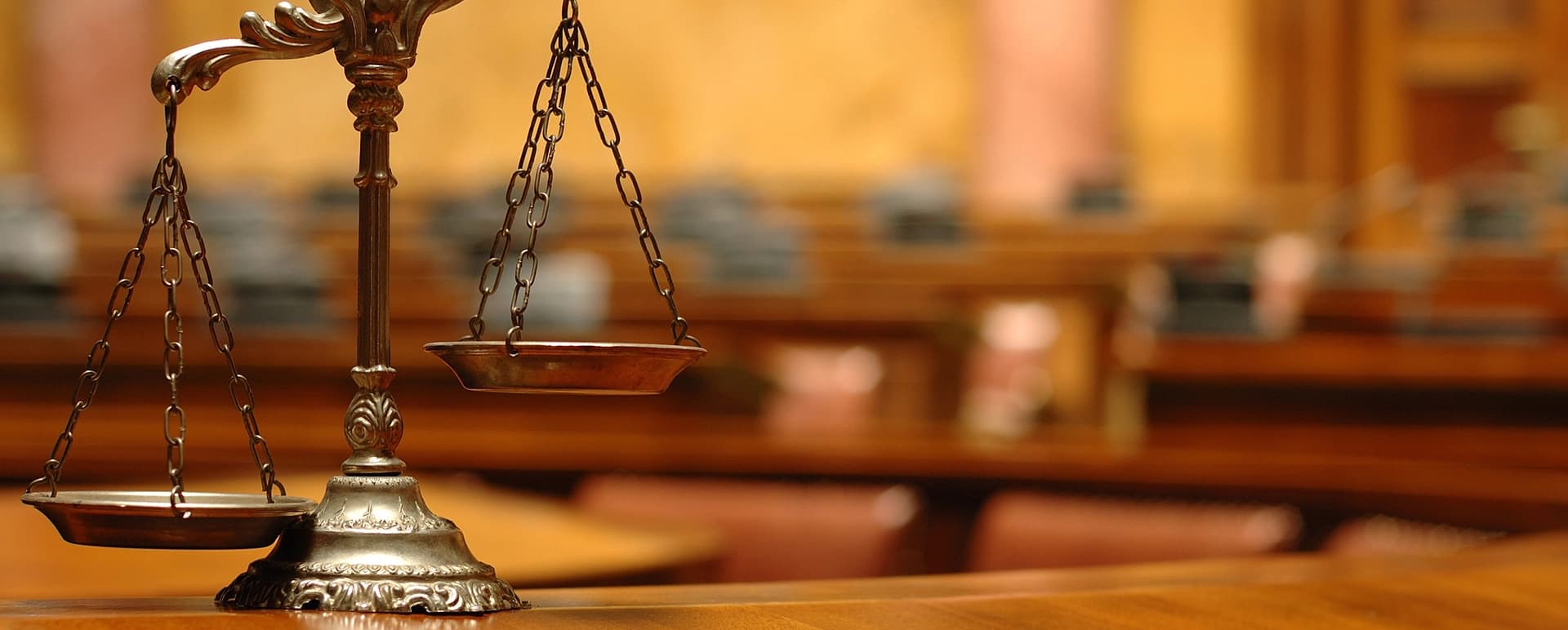Trial Presentation Dependable Solutions for Structuring and Presenting Evidence
Trial Presentation Dependable Solutions for Structuring and Presenting Evidence
Blog Article
Captivate the Court: Crucial Aspects of a Powerful Trial Discussion
Important components such as comprehending the target market, crafting a compelling story, and mastering spoken and non-verbal interaction are essential components of an efficient discussion. As these aspects intertwine, they create a cohesive strategy that not just informs but additionally involves jurors on several degrees.

Comprehending Your Audience
Comprehending your audience is a critical facet of effective trial discussion. A successful discussion rests on the capacity to grasp the demographics, worths, and proneness of jurors. This understanding notifies how disagreements are mounted, proof is offered, and sob stories are crafted, guaranteeing that the message resonates with the jurors on a personal level.
Research indicates that jurors come from varied histories and might have differing levels of comprehending relating to legal procedures (trial presentation). Thus, it is important to prevent legal jargon that could alienate or perplex them. Rather, utilizing clear, relatable language promotes interaction and comprehension. In addition, recognizing the jurors' possible predispositions and life experiences enables the trial speaker to prepare for arguments and address worries proactively.
Reliable trial discussion additionally includes observing jurors' responses during the procedures. Involving with jurors as individuals rather than a cumulative system is crucial in promoting a solid connection in the court.

Crafting an Engaging Story
Crafting a compelling story is crucial in assisting jurors with the intricacies of an instance. A well-structured narrative not just streamlines intricate lawful ideas yet also involves jurors on an emotional level, making the info a lot more relatable and memorable.
This message should resonate with the jurors' worths and experiences, promoting a link that goes beyond plain facts. This chronological method can help jurors comply with the development of events, emphasizing cause and impact.
Integrating human components-- such as personal stories or anecdotes-- can additionally improve the narrative's influence. These elements evoke empathy, permitting jurors to visualize the repercussions of the instance on the real worlds. Furthermore, employing a consistent theme throughout the presentation enhances the major argument, making it easier for jurors to keep vital factors.
Ultimately, an engaging narrative transforms a test discussion from a simple recounting of facts right into an influential story that mesmerizes the court, motivating them to deliberate with both factor and feeling.
Using Visual Aids
Including visual aids into a test discussion can significantly boost jurors' comprehension and retention of info. Visual materials such as graphes, layouts, pictures, and video clips can change complicated legal concepts and proof into conveniently absorbable layouts. By engaging numerous detects, these aids permit jurors to picture the situation's key elements, making it less complicated for them to adhere to along and realize intricate information.
Additionally, well-designed visual help can emphasize crucial points and emphasize partnerships in between different pieces of evidence. As an example, timelines can properly highlight the sequence of events, while annotated photos can clarify specific details pertinent to the case. This not only aids in understanding however additionally reinforces the story presented by the lawyer.
It is vital, however, to make sure that aesthetic aids are appropriate, clear, and professionally provided. Extremely complex or messy visuals might overwhelm jurors and interfere with the his comment is here message. When made use of judiciously, visual help offer to complement the dental debates and enhance the total impact of the trial discussion. Inevitably, effective visual interaction can be a powerful tool in convincing jurors and aiding them reach notified verdicts.
Understanding Verbal Interaction
Effective spoken interaction is crucial in a test discussion, as it offers as the main means through which lawyers share their arguments and link with jurors. Simplicity in language fosters understanding and aids jurors realize complicated problems presented throughout the test.
Moreover, tone and pacing substantially effect how messages are received. A certain tone communicates authority, while suitable pacing allows jurors to soak up details without really feeling overwhelmed. Attorneys need to likewise vary their vocal inflections to stress vital points and maintain jurors' passion throughout the discussion.
Additionally, the company of spoken arguments is essential. Structuring the narrative logically and coherently aids jurors comply read here with the attorney's line of thinking, making it much easier for them to keep crucial information. Making use of convincing techniques, such as narration, can likewise boost the emotional vibration of the arguments offered, thus creating a much more extensive connection with jurors.
Inevitably, understanding verbal interaction not only reinforces an attorney's instance but also promotes trust fund and connection with the court, considerably boosting the chances of a positive verdict.

Engaging With Body Language
Nonverbal interaction plays a crucial role in test presentations, usually communicating messages that words alone can not express. Body movement, encompassing gestures, pose, facial expressions, and eye call, substantially affects how jurors perceive the reliability and sincerity of the speaker. A certain position, with shoulders back and an open pose, can infuse website link trust, while closed-off body language might recommend defensiveness or uncertainty.

Facial expressions need to reflect the feelings related to the instance, reinforcing the story existing. For example, an honest expression during an emotional moment can generate compassion and strengthen the psychological charm. Ultimately, grasping body movement is crucial for effective test discussions, as it improves spoken communication and establishes an engaging presence that resonates with the jury.
Final Thought
In verdict, captivating the court necessitates a calculated approach that includes understanding the audience, crafting a compelling narrative, making use of visual aids, grasping spoken interaction, and involving through body language. Each aspect plays a crucial role in producing an effective test discussion that resonates with jurors on both emotional and intellectual degrees (trial presentation). By incorporating these parts effectively, legal experts can dramatically enhance their capability to convince and affect court decision-making
Report this page